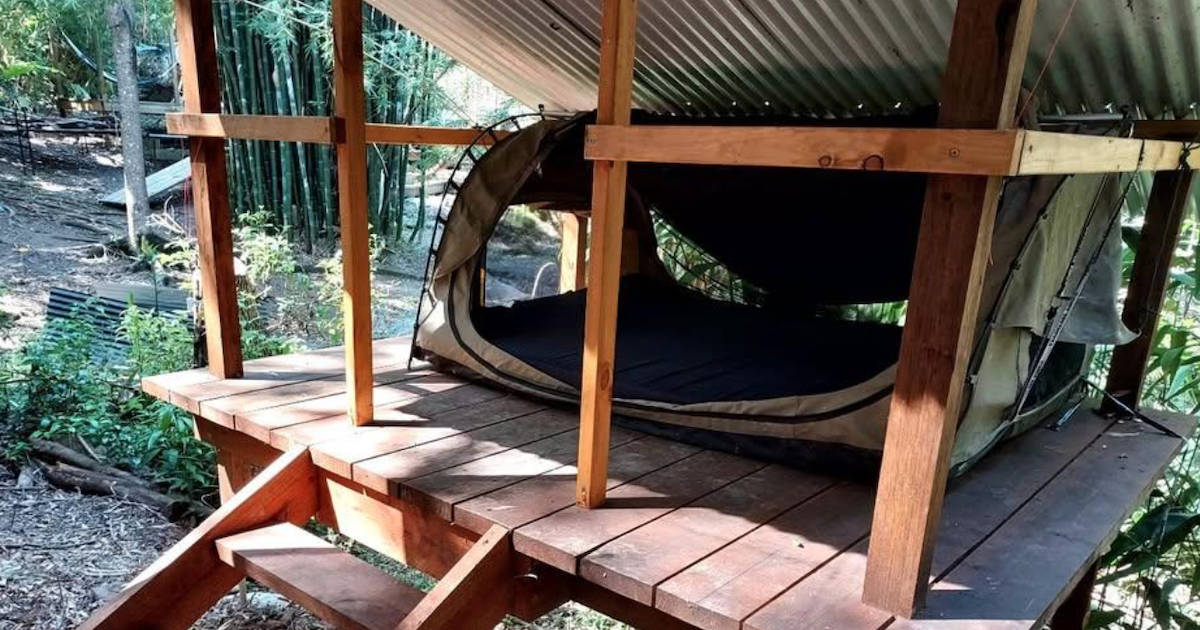Celebrating 60 years of world-class care in the air
Air Ambulance Victoria (AAV) celebrated 60 years of world-class pre-hospital care on Monday, May 2.
The AAV wing of Ambulance Victoria (AV) was set up in 1962 and included one rotary wing aircraft and one fixed-wing plane.
In the first year, 12-patients were transported, the majority being medical and trauma patients from the Snowy Mountain Hydro Scheme.
Sixty years on and AAV’s fleet of four fixed-wing planes and five helicopters (HEMS) provide a vital link between rural communities and metropolitan health services.
Fixed-wing aircrafts – typically staffed by Advanced Life Support (ALS) flight paramedics – and HEMS – staffed by Mobile Intensive Care Ambulance (MICA) flight paramedics – reach across Victoria and into parts of southern New South Wales, northern Tasmania and South Australia.
The service is made up of just over 37 ALS flight paramedics and almost 50 MICA flight paramedics, supported by a dedicated team of flight co-ordinators, pilots, aircrew officers, doctors, engineers, trade assistants, retrieval services and administrators.
In 2020/2021, AAV responded to more than 7,000 incidents – up almost 1,000 on the previous year, with the fixed-wing fleet transporting more than 5,000 patients.
Over the last year, the fixed-wing planes averaged approximately 250 missions each month and clocked up about 430 flying hours (per month), equating to eight to 10 flights per day.
The fixed-wing service transports people from regional and rural areas for treatments such as chemotherapy and radiotherapy.
‘Frequent flyer’ 71-year-old Judith Harper said without AAV she wouldn’t be here today. Judith underwent brain surgery in 2018, followed by radiotherapy.
“I always feel so safe and well-looked after on the fixed-wing planes who fly me monthly for my chemotherapy sessions from Warrnambool to Melbourne – the paramedics are incredibly kind, and their clinical expertise doesn’t go unnoticed,” she said.
“For the first two years, my husband Marc would drive me from Warrnambool to Melbourne for my treatment. Given the long car rides and the state of my health, there was a possibility I would suffer a seizure in the car from Warrnambool to Melbourne, so the fixed-wing service took over my care in December 2019.”
The fixed-wing planes also fly patients with acute medical conditions requiring surgery, transfer injured patients from regional hospitals and retrieve critically ill patients from regional hospitals to specialist care, such as cardiac care and intensive care.
AV recently announced the fixed-wing fleet was undergoing a major upgrade to become one of the most innovative in the country.
The next edition of the Moorabool News is now available to read online.
Simply click on the following link, READ THE LATEST EDITION, and flip through the pages
http://themooraboolnews.com.au/



















